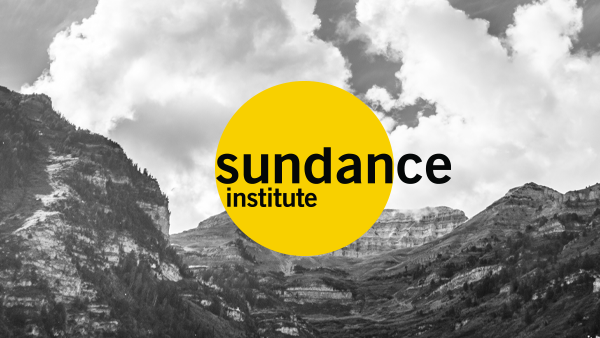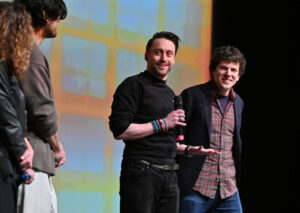A scene from ‘Beasts of the Southern Wild’
Cliff Martinez
The first time I attended the Sundance Film Festival was in 1989, when I was the composer for sex, lies and videotape. Sundance was the ground floor from which the film went on to garner worldwide acclaim; and for all of us involved it was like driving a rocket ship. Even back then, Sundance was a feeding frenzy for independent film enthusiasts; and getting into popular screenings, parties and events took some serious determination.
I’ve been here several times since SLV, but this year, for the first time, I’m attending as a U.S. Dramatic Juror, and I must say that the experience has been upper crust all the way. I get to attend all the buzz-worthy screenings. I have a personal chauffeur and an ever-increasing pile of gourmet swag accumulating in my room. I get to hang out with the festival organizers from time to time and my fellow jurors, who are actors, writers, cinematographers, editors and directors—people I seldom come in contact with in the solitary endeavor of composing music. It’s been the closest thing to having my own personal Beatlemania since my days in the Red Hot Chili Peppers.
As a juror, any discussion of the films in my category is disallowed until the final awards ceremony. However, I think I can toss out a few observations on some of the music I’ve heard thus far. The hybrid song/score, combo-platter seems to be in vogue this year. And for that, the weapon of choice is clearly solo acoustic guitar accompanied by a vocalist. This appears to be predominantly licensed songs and where that doesn’t work, an original score piece in a complimentary instrumental style is created.
The approach is characteristic for films in what seems to be an emerging genre that me and my fellow jurors affectionately refer to as WPP, or “White People Problems.” I don’t mean this in a derogatory sense, as some of the films in this category are exceptional. They have a generally comic tone with heart and emotion, graphic sexual situations with humorous overtones and are populated with 20- to 30-somethings who are either lost, bored, breaking up with their significant other, can’t make up their mind who to sleep with, and so on—you know, WPP.
Some of these hybrid scores however, are a seamless blend between pre-fab and original music and in that regard, are very different from the song/score soundtracks of the past where songs and underscore typically didn’t acknowledge one another stylistically. One great example of that in this festival was Middle of Nowhere—not of the WPP genre, but actually a serious urban drama whose score was an effective and imaginative take on what I can only describe as abstracted R&B.
Another urban contemporary gangster film whose score caught my attention was LUV. Portuguese composer Nuno Malo’s elegant, beat-free orchestral score was laced with ambient electric guitars and created a memorable one-of-a-kind musical universe for a film that defied convention by sidestepping the expected hip-hop driven soundtrack.
My Festival favorite in the score department is Beasts of the Southern Wild. Set in the Louisiana delta, the score acknowledges Cajun culture with the use of fiddle, accordion, and banjo as soloists set against the backdrop of a traditional orchestral palette. Director Behn Zeitlin (who also co-composed the score!) described the music as “nationalistic.” I would go with “anthemic.” The score is distinctive, memorable, broadly emotional, and, because I suspect that the director also wrote the music, there are those rare extended scenes where the music is given a chance to take center stage and carry the story without the help of dialog or effects.
What I love about this Festival is that it encourages independent filmmakers to develop their own unique voice, to find new ways to create something fresh and unexpected. And I can hear that mindset trickle down to many of the composers who are their accomplices in developing that voice.




